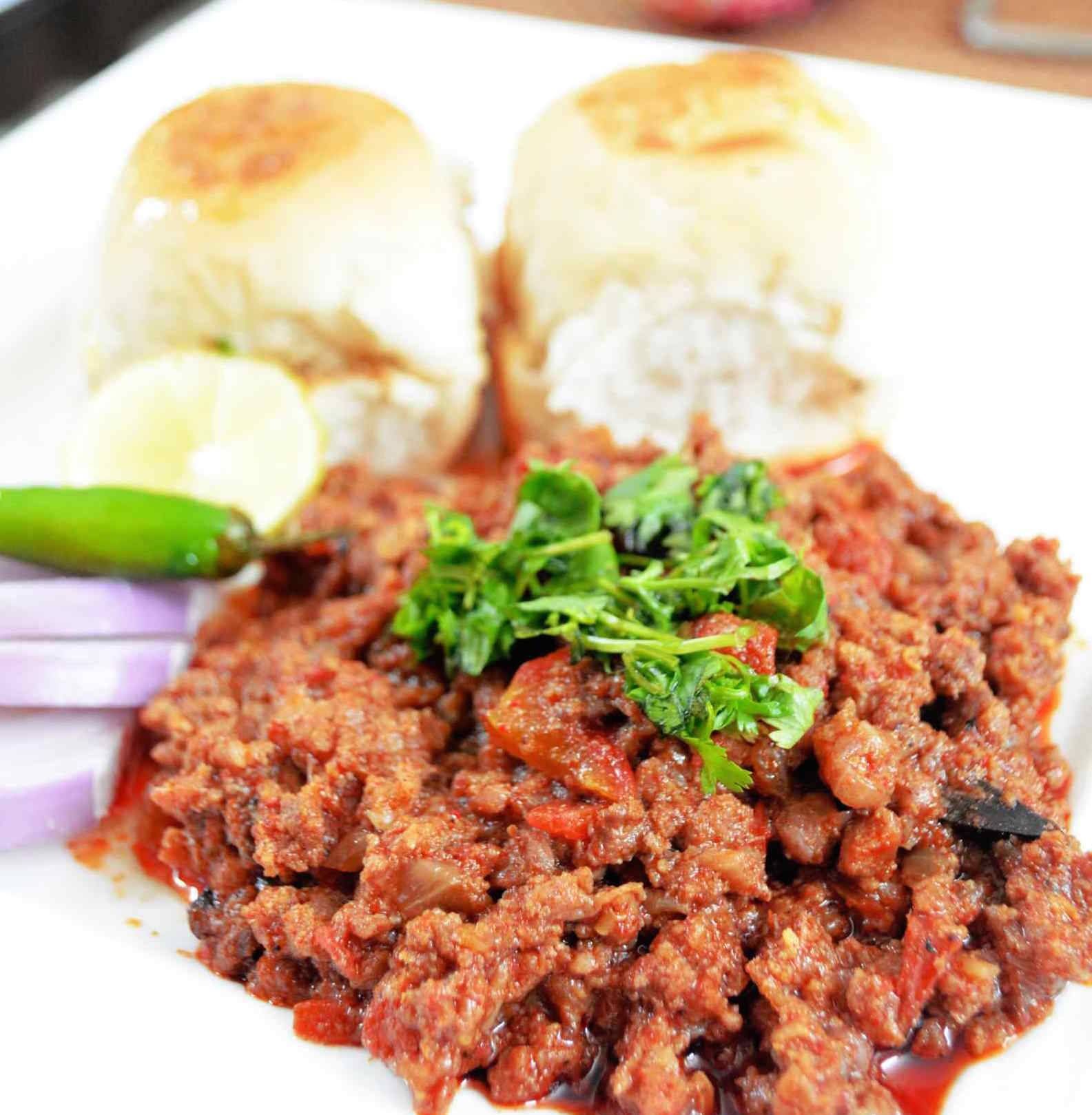
Delicious And Quick Pakistani Biryani Recipe
The Origination of Biryani
The magnificent origination of biryani dates back to the 18th and 19th centuries. Although the long-standing debate leaves people arguing concerning its existence and roots. Persia, Afghanistan, and India all have their variations of biryani. The word biryani itself stems from the Persian word ‘birian,’ which translates to ‘fried before cooking.’ The popular rice dish later developed in the Indian subcontinent. It had its origins during the Mughal reign. Some stories indicate one of the Mughal emperors' wives visited the army barracks and found that the soldiers appeared to look undernourished. To compensate for that, she asked her chefs to prepare a dish consisting of meat and rice. It was then cooked over a wood fire, and seasoned with several spices and saffron. Other legendary anecdotes claim that biryani was brought to the Indian subcontinent by Taimur, the Turk-Mongol, in 1398. The nawabs of Lucknow and the Nizams of Hyderabad were also known to have appreciated this dish.Are There Other Existing Variations to Biryani?
There are several variations when it comes to this delicacy. While common differences stem from the inclusion of potatoes in biryani or not and the meat choice opted for ‘traditional’ biryani. Biryani also has cultural differences that differ from one region to another with its variations and innovations to it. Some of the common ones include:- Bombay Biryani: where hearty flavors of dried plums and kewra brought a slight sweetness to the dish and freshly ground spices, would bring more richness to it.
- Hyderabadi Biryani: Niza-ul-Mulk, the appointed ruler of Hyderabad, had his chefs create around 50 versions of biryani that included the use of fish, quail, deer, shrimp and even hare meat (that sure is some meaty dedication). Saffron here is the key and plays the aromatic star of this version of biryani.
- Mughlai Biryani: This dish prevailed during the Mughal reign. A time where Mughals took their food as seriously as their administration. This biryani has more balance and consists of meat chunks with aromatic flavors.





Leave a comment
This site is protected by hCaptcha and the hCaptcha Privacy Policy and Terms of Service apply.